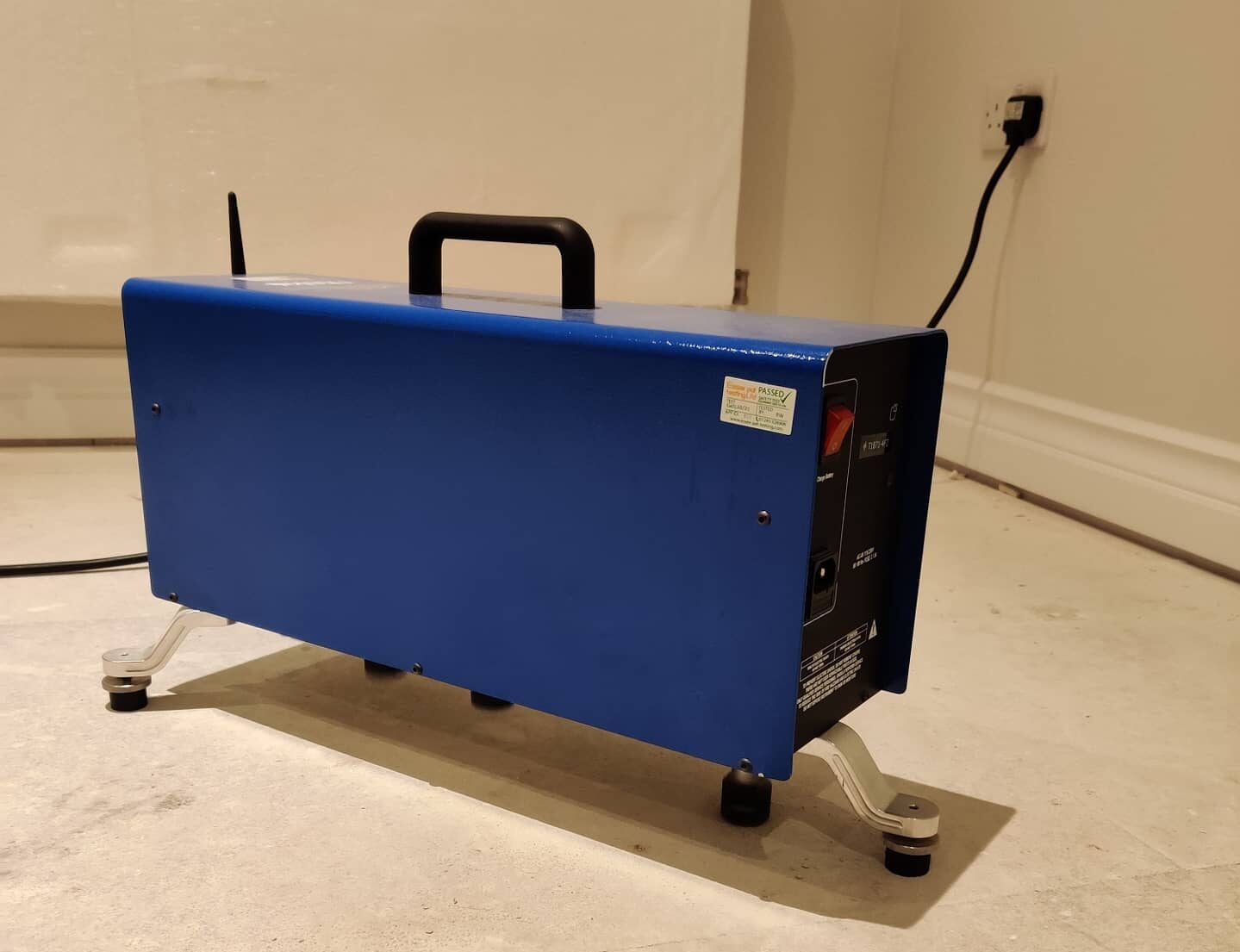
Sound Testing Technical Guide
Building Compliance Testing Limited can provide you with a fast and cost effective SITMA Accredited Pre-Completion Sound Insulation Testing across Mainland UK, in accordance with BS EN ISO140 and BS EN ISO16283.
 Sound Testing Technical Guide
Sound Testing Technical Guide
When conducting Sound Insulation Testing for houses, the primary focus is on the party wall, specifically assessing airborne sound between habitable rooms. Typically, this means testing between bedrooms and between kitchen/lounge areas, amounting to 2 separate tests.
For apartment buildings, the scope of testing expands to cover both party walls and party floors. To thoroughly test apartments, six individual tests are necessary. Again, airborne sound is assessed for party walls (preferably from bedroom to bedroom and kitchen/lounge to kitchen/lounge), with the additional tests including airborne and impact testing through the separating party floor.
Building Regulations 2000’s Approved Document E states:
“Building Control bodies should stipulate at least one set of tests for every 10 dwelling-houses, flats or rooms for residential purposes in a group or sub-group.”
The guidance in Approved Document E emphasizes the importance of testing by an accredited test body. SES Ltd holds UKAS accreditation for Sound Insulation Testing, and our Noise Consultants are members or affiliated with the Institute of Acoustics.
Testing Requirements
To ensure accurate results, specific testing requirements must be met:
- External noise should be controlled, with no disruptive activities (e.g., heavy machinery) in the vicinity.
- No internal work, such as carpentry or carpet fitting, should take place within the building undergoing testing.
- Units must be complete, with windows, doors, trickle vents, and a 240v electrical supply in place.
- Units should be free of rubbish and construction materials.
- For Type 2 floor constructions, carpets or floor finishes should not be fitted. Type 2 floors include a resilient layer as defined in Approved Document E.
Contact Us
To discuss your Sound Insulation Testing requirements or to schedule a test, please don’t hesitate to contact us:
- Tel: 01621 493594
- Email: contact@buildingcompliancetesting.com
Ensure your property meets the necessary sound insulation standards with our accredited testing services. Get in touch today to arrange your testing and compliance.
Frequently Asked Questions
How do I prepare for a Sound Insulation Test?
- Ensure 240v mains electrical outlet is available in all rooms to be tested.
- Access to site is safe and to all the rooms throughout the building. If the adjacent dwelling is under
different ownership it is your responsibility to ensure access is available for the testing. - All rooms where testing is to occur is vacated of all trades during the sound test.
- All site staff are made aware of the sound test and the requirement to keep background noise to a
minimum. - Any noisy building work in the vicinity of the sound testing will need to be stopped. This can be ground
works, cleaning, paining, radios or beeping smoke alarms. - Ventilation extractor systems are to be turned off during the sound test.
- For the impact test carpets are removed.
The rooms in both sides of the separating element is ≥ 25 m3. - A set of sound test consists of two airborne wall tests, two airborne floor tests and two impact tests. This
applies where the same construction in the walls and floors are used throughout the building. If different
construction is used, then more sound tests will be required.
Let's Talk About Your Project?
Questions? We've Got Answers!
Find below a list of common frequently asked questions about Air Permeability Testing.

